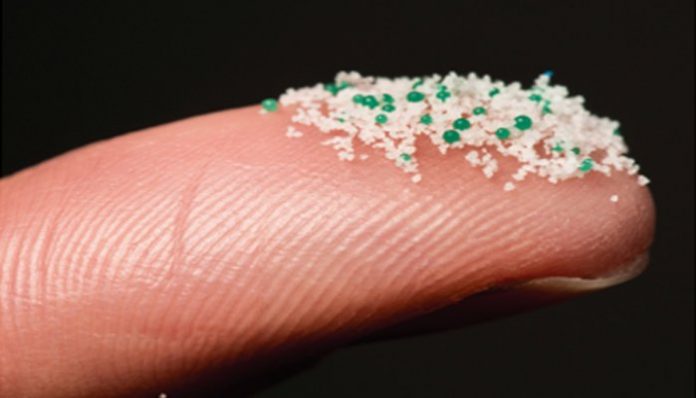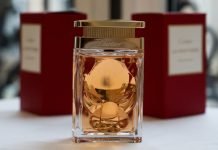The non-biodegradable plastic microbeads used in cosmetics are deemed unsafe by the Bureau of Indian Standards (IBS) in India. A research by Toxic Link, an NGO working for a toxicfree environment, found the presence of microplastics in packaged water across several cities in the world, including Delhi, Chennai and Mumbai in India. This shows that the harm caused by humans will ultimately find its way to the top of the food chain, sooner or later. The use of microbeads is banned in countries like the US and UK, and the Indian cosmetics industry is slowly phasing out its use in their skin care products.
Bio-On’s special bioplastic
micro powders facility inaugurated Bio-On inaugurated its bioplastic micro facility on 20 June 2018, at Castel San Pietro Terme near Bologna by testing all machines and software. With full production by autumn, the company will produce about 150 tons of micro powders
in special PHAs bioplastic for the cosmetics industry in 2018. The current annual production capacity is 1000 tons. This is the first owned factory to produce special bioplastic PHAs, 100% natural and biodegradable, for advanced product niches with high added value such as microscopic beads (microbeads) for the cosmetics industry. The total investment for the production center and for the new research laboratories is EUR 20 million.
L’Oréal phases out plastic microbeads
Since 2013, L’Oréal’s R&I teams have reformulated products, exploring various alternative solutions. One solution did not respond to the various types of exfoliations and textures that consumers expected from its products. Minerals like clays and perlite, powder of fruits kernels and some natural waxes could be used either individually or in combination.
When L’Oréal was first made aware of a possible issue concerning the environmental impact of plastic microbeads used as exfoliating agents in its rinsed off products, the company decided to gradually phase them out [see commitment from 2014]. L’Oréal has made significant progress since its commitment was published. By May of 2016, 80%
reformulation had been completed and 100% of its rinsed off products were to be reformulated by the end of 2016.












